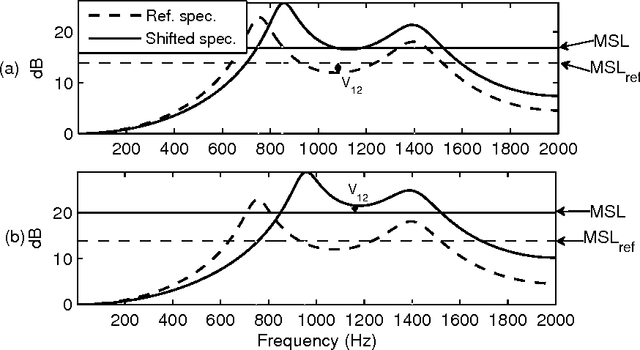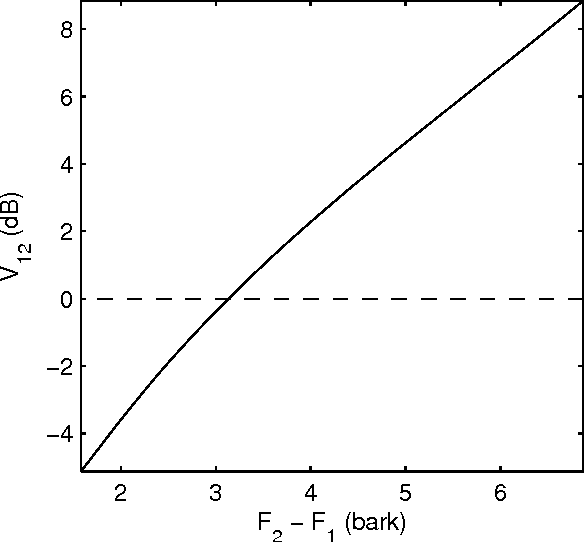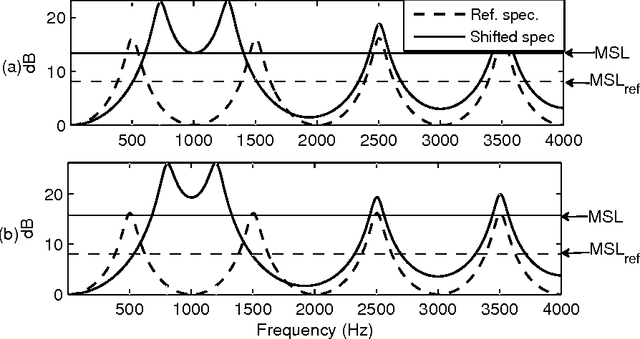Significance of the levels of spectral valleys with application to front/back distinction of vowel sounds
Paper and Code
Oct 05, 2015



An objective critical distance (OCD) has been defined as that spacing between adjacent formants, when the level of the valley between them reaches the mean spectral level. The measured OCD lies in the same range (viz., 3-3.5 bark) as the critical distance determined by subjective experiments for similar experimental conditions. The level of spectral valley serves a purpose similar to that of the spacing between the formants with an added advantage that it can be measured from the spectral envelope without an explicit knowledge of formant frequencies. Based on the relative spacing of formant frequencies, the level of the spectral valley, VI (between F1 and F2) is much higher than the level of VII (spectral valley between F2 and F3) for back vowels and vice-versa for front vowels. Classification of vowels into front/back distinction with the difference (VI-VII) as an acoustic feature, tested using TIMIT, NTIMIT, Tamil and Kannada language databases gives, on the average, an accuracy of about 95%, which is comparable to the accuracy (90.6%) obtained using a neural network classifier trained and tested using MFCC as the feature vector for TIMIT database. The acoustic feature (VI-VII) has also been tested for its robustness on the TIMIT database for additive white and babble noise and an accuracy of about 95% has been obtained for SNRs down to 25 dB for both types of noise.
 Add to Chrome
Add to Chrome Add to Firefox
Add to Firefox Add to Edge
Add to Edge